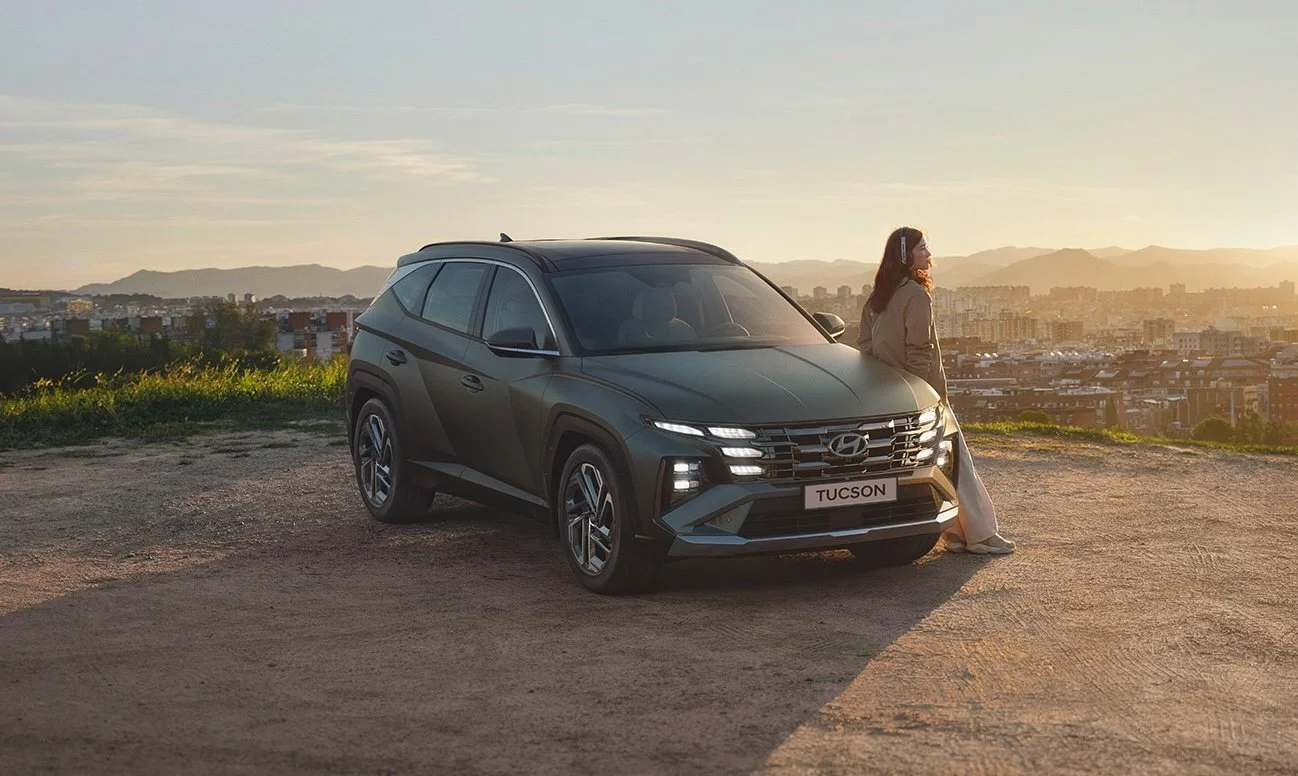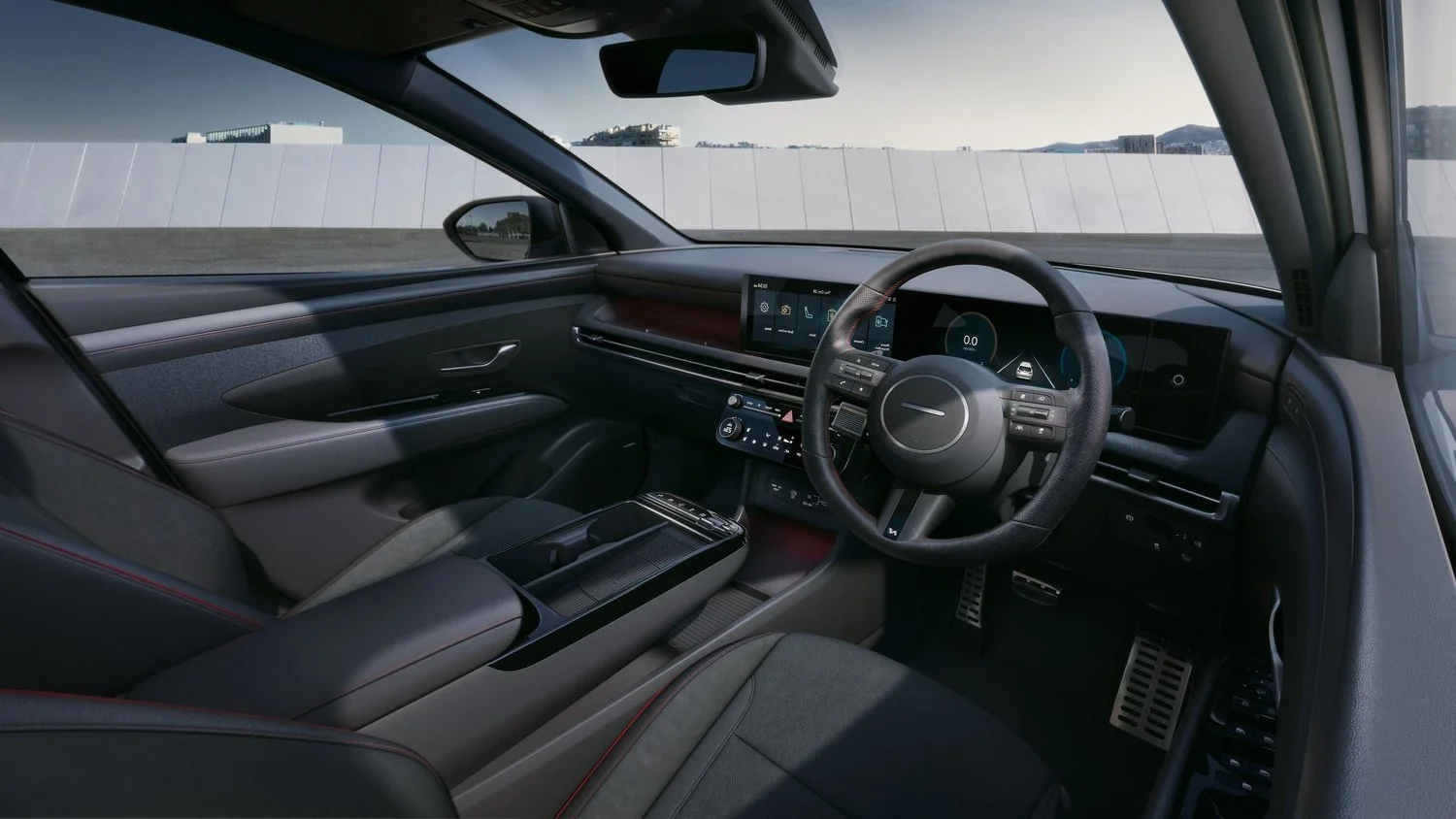LATEST NEWS
Tucson trims engine, variant choice
Richard Bosselman
February 4, 2025
Entry 2.0-litre and flagship plug-in hybrid ditched; six variants incoming, 11 before.
PLACING all bets on a contained hybrid technology has triggered a massive reorganisation of the Hyundai Tucson lineup, including pulling the plug on a version with electric-only capability.
The car’s mid-life refresh has introduced an update of the 1.6-litre self-replenishing petrol electric power plant that until now has provisioned in four variants.
Expunged from the line-up introducing in April is a 1.6-litre petrol plug-in hybrid that sat above the same capacity mild hybrid and the normally aspirated petrol 2.0-litre that was a cheaper choice since the current generation released in 2021.
The change of strategy reduces the model choice count from 11 to six and affects the car’s pricing span, which having been from $49,990 to $89,990 at regular retails, will package from $54,990 to $71,990.
What is being labelled Tucson Series II also delivers a modest nip-and-tuck facelift, some technology improvements, safety updates, and new features to the popular mid-size SUV.
Another change is sourcing. From now on Tucson is purely from South Korea.
The lineup over the past three year has represented some editions from the Czech Republic and some from South Korea, the salient difference being that the homeland cars had a longer wheelbase (2775mm versus 2680mm) that continues with the update.
The adoption of the hybrid powertrain across three trim levels, the entry Active and mid-level Elite in front- or all-wheel drive (which holds a $300 premium), the Limited in standard and N-Line delivery, both all-wheel-drive, constitutes the single biggest revision.
Hyundai now claims 5.3 litres per 100 kilometres from the 1.6 turbo hybrid, whether it’s front or all-wheel-drive, and total system outputs of 172kW and 367Nm, against 169kW and 350Nm previously.
The plug-in hybrid that has been the premium choice in the outgoing range, across two AWD types that sat at $83,990 and $6000 more for a Elite trim, made 195kW and 350Nm and was thriftier, plus it offered up to 57 kilometres’ electric pure driving.
Hyundai NZ said today that the plug-in choice is still provisioned in the car overseas, and had popularity here, but whether it will return to New Zealand has not been decided.
“At the moment we have decided simply to go for the one hybrid engine for the car,” a spokesman said.
The base 2.0-litre engine was a carryover from the old model, and mainly aimed at fleet and rental. It created 115kW and 192Nm.
The retained powertrain is capable of running on the most affordable 91-octane regular unleaded petrol.
Though the 1.49kWh electric battery is small, it kicks out a 37kW boost to the turbocharged petrol, which in isolation creates 132kW.
The Tucson maintains the 1900kg towing status that was once held by the Mr Muscle of the previous generation Tucson, a diesel.
The incoming car gets updated styling inside and out. A curved screen incorporates twin 12.3-inch displays with new software. It also has ability for over-the-air update capability and hosts wireless Apple CarPlay and Android Auto.
Another change Hyundai has made has been to move the gear selector from the centre console to a toggle mounted on the steering wheel column. This is to free up storage space on the centre console and makes switching gears far simpler, the brand says.
Another revision is the introduction of a shortcut to mute the annoying Intelligent Speed Limit Assistance function. Hitting the steering wheel button mutes the audible “overspeed” warning that sounds whenever the car strays above a posted speed limit. It’s an update set to span more Hyundai cars.
The hybrid variant actually has a bigger boot than the non-hybrid present models, but that’s only because the hybrid gets a space saver instead of a full-size spare wheel.
In any case, the Tucson can fit 582 litres in its boot and that expands to 1903L with the seats folded flat.
The Tucson was last safety-rated by ANCAP in 2021, receiving the top result of five stars then. This result expires in 2027.



